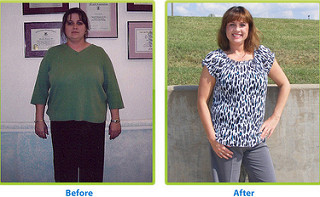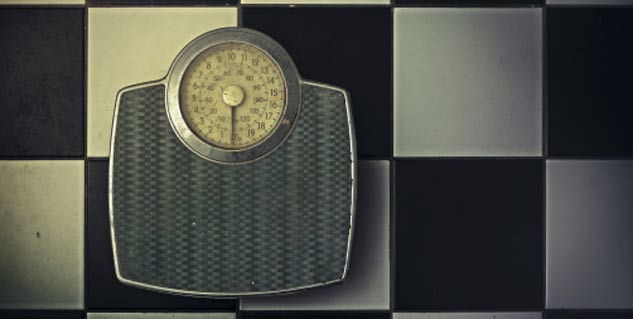Weight Loss Surgery Involves Folding the Stomach
We’ve all seen the warning “do not fold,” but when it comes to weight loss surgery, folding the stomach could be a favorable move. If you are more than 30 pounds overweight, this new weight loss surgery technique could help you lose about 2 pounds per week without many of the side effects associated with other bariatric surgical methods.
Folding the stomach is reversible
Weight loss surgery, also referred to as bariatric surgery, encompasses a variety of surgical procedures designed to alter the digestive system to help people lose weight who have serious health problems or who have not had success with diet and exercise. The epidemic of overweight and obesity in the United States has fed a steady stream of people to choose weight loss surgery.
Approximately 1.4 million bariatric procedures were performed in the most recent 10-year period reported by the American Society for Metabolic and Bariatric Surgeons. Among the most common type of bariatric surgery is gastric bypass, a major surgery that makes the stomach smaller and causes food to bypass a portion of the small intestine, reducing how much food and nutrients can be absorbed.
However, one of the newest weight loss surgical options is gastric plication (folded stomach), which has been the subject of clinical trials, including recently at the University of California San Diego (UCSD) Health System. At UCSD, Santiago Horgan, MD, chief of minimally invasive surgery and director of the UCSD Bariatric Metabolic Institute, and his colleagues have performed gastric plication, and explain its advantages over other bariatric surgical procedures.
Along with being a minimally invasive procedure that involves only one to five small incisions in the abdomen, Horgan noted that “By folding the stomach, we can reduce the volume by 70 percent.” Once a patient has a smaller stomach, he or she “feels fuller faster and is likely to have an actual decrease in appetite.”
Other advantages of gastric plication
- It is potentially reversible. If the stomach needs to be returned to its original size for any reason, it can be unfolded
- The surgery can be completed in just one hour and is a minimally invasive (laparascopic) procedure that involves making just a few small incisions rather than major cutting
- It does not involve an implanted device or periodic adjustments as does laparoscopic adjustable gastric banding
- It does not require individuals to severely restrict their food choices. Because no part of the intestines are bypassed, gastric plication does not cause individuals to experience problems absorbing nutrients, which can lead to nutritional deficiencies. Gastric bypass procedures typically are associated with deficiencies of iron, calcium, magnesium, and vitamins, which can lead to chronic health problems such as osteoporosis
- Recovery time is short: only one or two days of hospitalization and a return to normal activities in one week
How gastric plication is done
During a gastric plication procedure, the surgeon makes one to five small incisions in the abdomen, through which instruments are maneuvered to make one or two folds in the stomach using non-absorbable sutures.
The folded stomach then resembles a narrow tube similar to the result of another bariatric procedure called a sleeve gastrectomy, in which surgeons remove 80% to 85% of the stomach and leave behind a smaller version shaped like a banana. With gastric plication, however, the stomach tissue is folded in on itself (imbrications) and then sutured together (plication). None of the stomach is removed.
-
Parkinson’s disease psychosis (PDP) treatment with antipsychotic drugs increase risk of death
Parkinson’s disease psychosis (PDP) treatment with antipsychoti
-
Simple And Quick Weight Loss Techniques
Although physical appearance affects a person in many ways, weight pl
-
Natural Progesterone And Osteoporosis Treatment Success
Using natural progesterone and osteoporosis was successfully treat
-
The Truth About Diet Myths
How do we know what we know? Often, our knowledge comes from through r
-
Day 3: 5 Supernutritious Superfoods
Today were going to look at superfoods, which are not only sup
-
6 Steps To Overcome Your Low Thyroid Symptoms
- DON'T MISS
- Don't Let your 'Not Now' become your 'Never'
- How to Make Hunger Work For You on a Diet - Discover 3 Easy Ways
- Easy Common Sense Way To Lose Weight Every Month
- Common Weight Loss Diets
- 5 Quick Tips on How to Lose Weight Fast
- Complete Guide Of To Achieve MLM Financial Freedom
- Calorie Counters and Weight Loss Exercise
- Fitness Tips For The Working Mother
- Does the Cause of Your Weight Problem Really Matter?
- Acai Style Weight loss - The Voice




